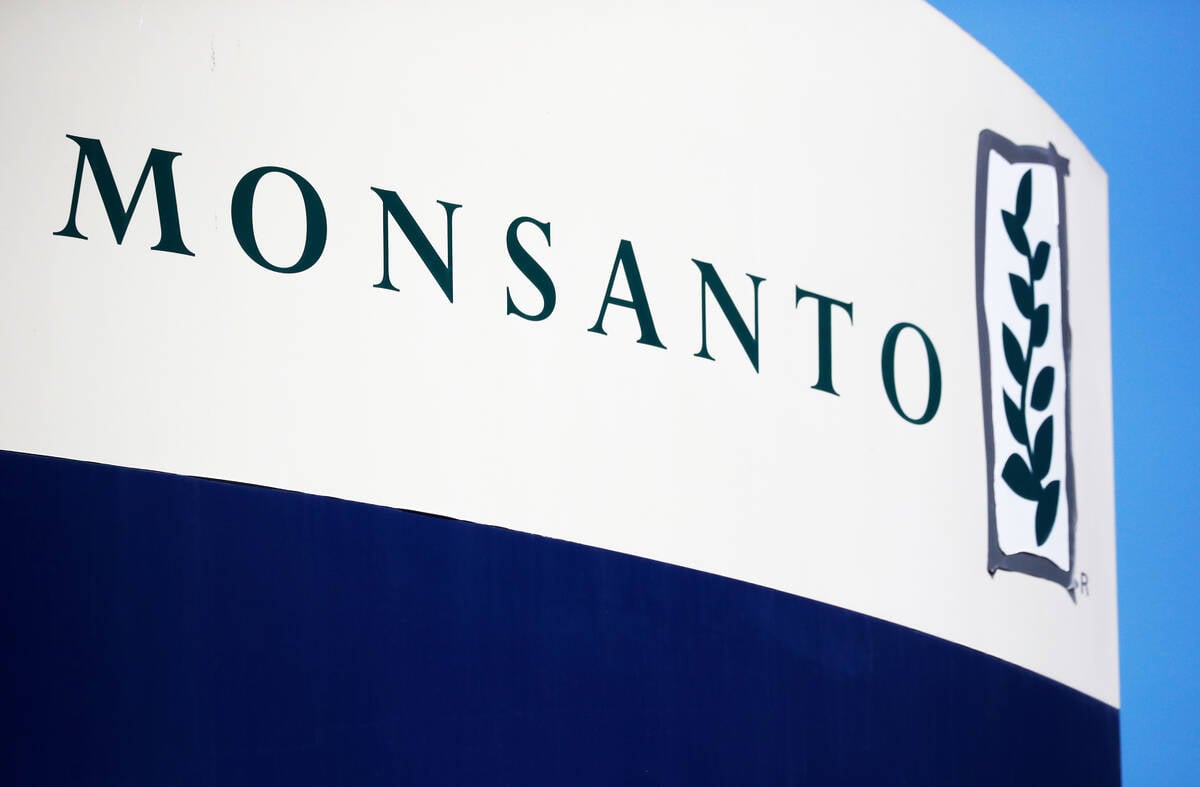An Alberta Agriculture and Forestry (AF) water specialist has a warning about the dangers of blue-green algae.
“Blue-green algae is actually cyanobacteria, and can produce toxins that can be very dangerous,” says Shawn Elgert, agricultural water engineer, Barrhead.
Elgert says the first and most important step is to identify the type of growth. “Blue-green algae can look like blue-green scum, pea soup or grass clippings suspended in the water. You should start watching for it when the temperatures increase.”
If blue-green algae is suspected in a dugout, it is best to be cautious, says Elgert. “You should contact a water specialist to diagnose the growth to determine if it is potentially a toxic growth. You should also remove your livestock from the water source in the interim and prevent them from accessing it. One rule of thumb is that if you can grab it as a solid mass in your hand that is not blue-green algae.”
Read Also

Roundup retraction makes public trust ripples
A foundational study on glyphosate safety was recently retracted, while Roundup maker Bayer has already said it may ditch the key agricultural herbicide after lawsuits piled up.
If blue-green algae is present, the dugout can be treated using a copper product registered for use in farm dugouts. “Once you treat it, consumption should be restricted for up to a month. The use of copper will break the cells open and release the toxins, if present, into the water all at once, so it’s important that you stop using the water during this time so the toxins can degrade. You can follow up with aluminum sulphate and/or hydrated lime treatments afterwards to remove the nutrients from the water to prevent regrowth.”
Elgert says there are also preventive measures that can be taken to try to avoid the problem.















